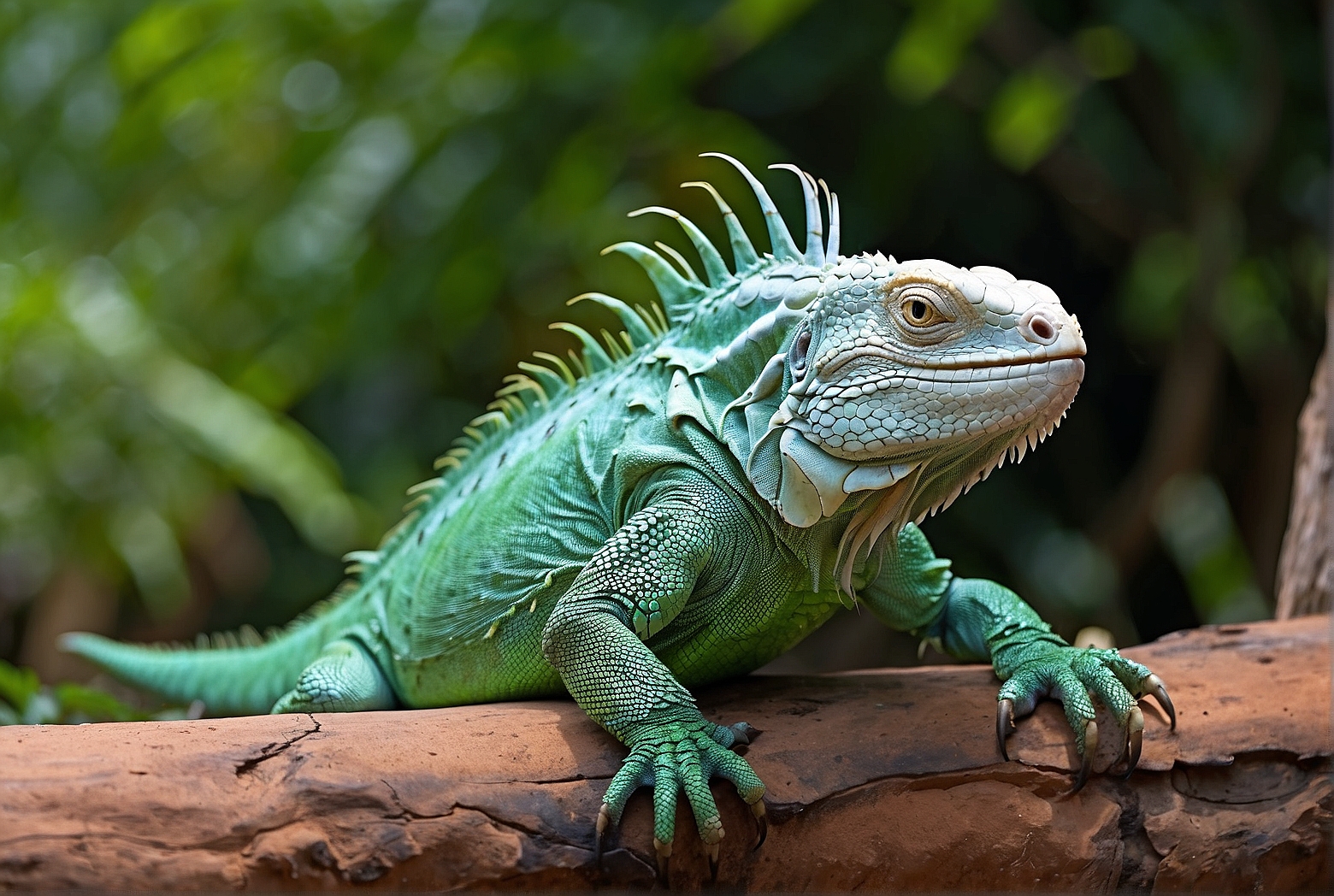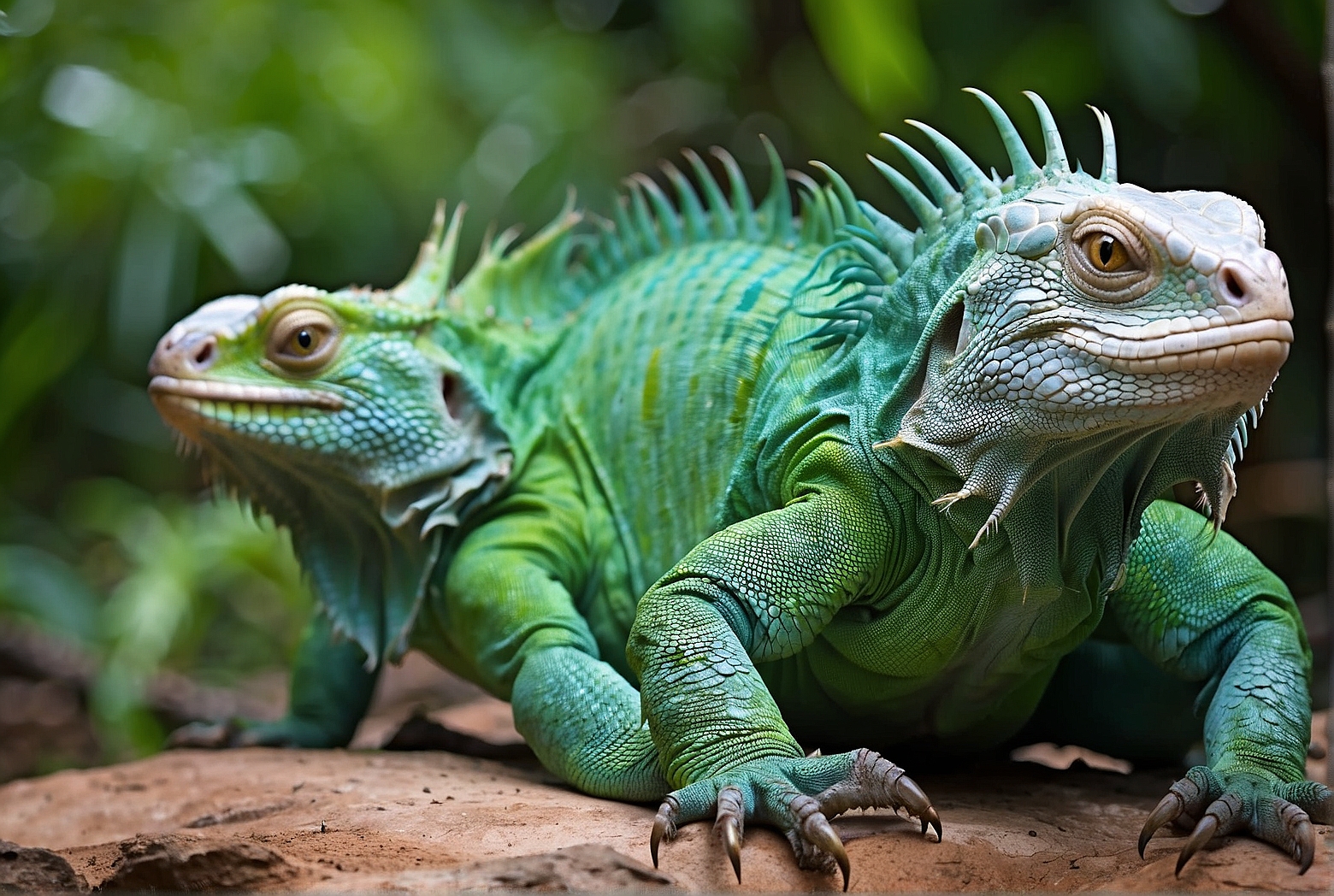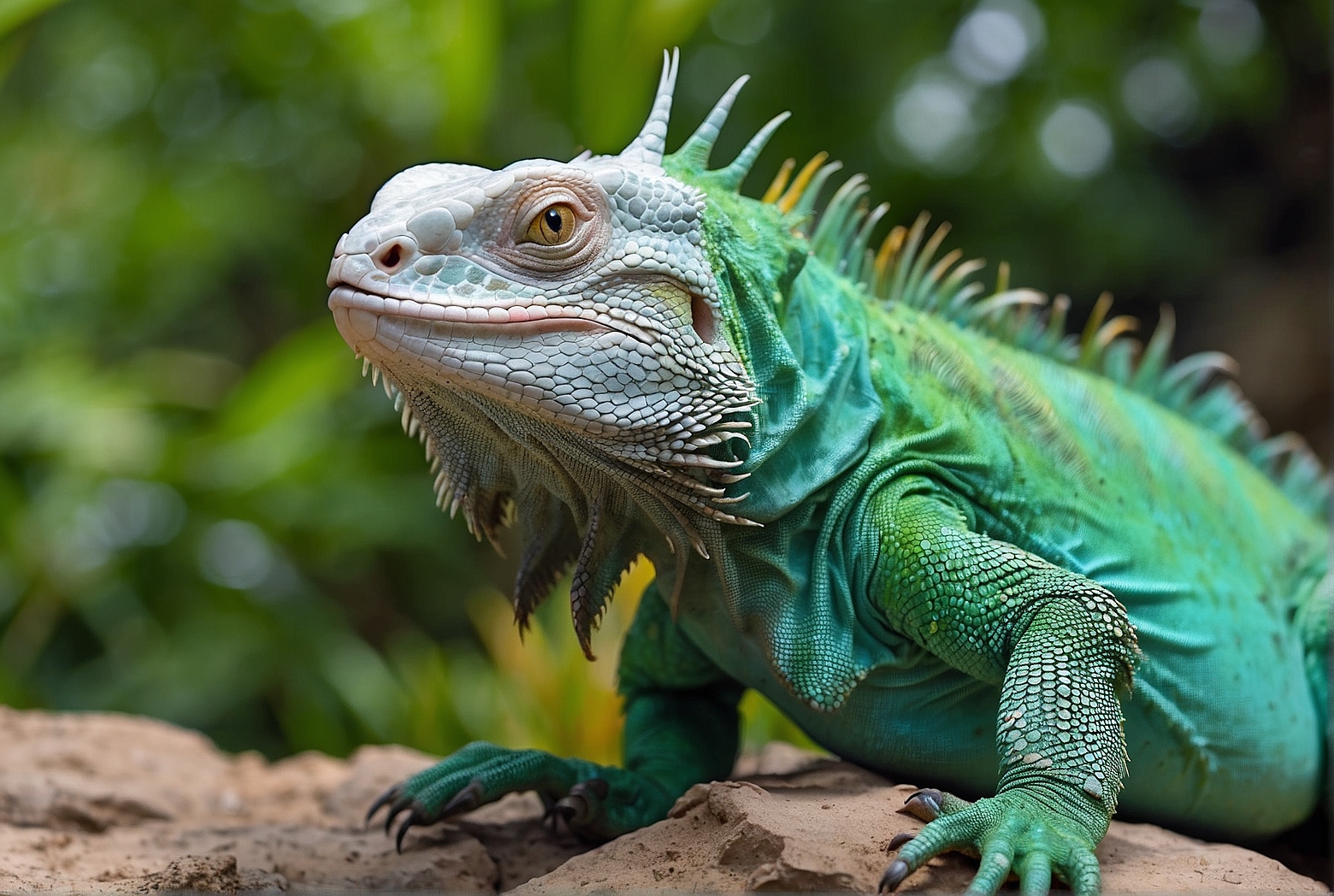Did you notice that your green iguana is turning black? Don’t worry, it’s not something to be alarmed about. In fact, there are several reasons why green iguanas may change color, and it’s a fascinating phenomenon to explore. From temperature regulation to camouflage, these incredible reptiles have the ability to alter their pigmentation in response to various factors. In this article, we will delve into the intriguing reasons behind why green iguanas may change color, shedding light on the remarkable adaptations of these reptilian creatures. So, let’s dive in and uncover the secrets behind their ever-changing hues.
Hormonal Changes
Mating Season
During the mating season, your green iguana may exhibit changes in its coloration as a result of hormonal fluctuations. Male iguanas typically develop vibrant and intense colors, often featuring brighter shades of green as well as orange or reddish hues. This color transformation is a way for male iguanas to attract females and establish their dominance within the territory.
Territorial Behavior
Territorial disputes between male iguanas can also lead to color changes. When two male green iguanas are competing for dominance or defending their territories, they may darken their coloration, often turning a shade of deep black. This dark color serves as a visual warning to rival males, indicating aggression and an intention to engage in combat.
Thermoregulation
Sun Exposure
Green iguanas rely on external heat sources to regulate their body temperature. When basking in the sun, the heat absorbed by their bodies helps maintain optimal internal temperatures. As a response to the sun’s warmth, iguanas may display a brighter shade of green as their body absorbs more light and heat. Increased exposure to sunlight can intensify their overall coloration.
Temperature Changes
Drastic temperature changes can impact your green iguana’s coloration. If the surrounding environment becomes too cold, they may darken their skin in an attempt to absorb more heat. Conversely, in warmer conditions, the iguana may appear lighter in color as a way to reflect the excess heat. These color changes help the iguana regulate their body temperature and maintain homeostasis.
Heat Regulation
Another factor that affects your green iguana’s coloration is its ability to control its body temperature. When an iguana’s internal temperature rises, it may start to actively dissipate heat. This process involves widening blood vessels in the skin to increase blood circulation, which results in a lighter appearance. Conversely, when the iguana wants to retain heat, it may constrict these blood vessels, giving a darker, more concentrated coloration.

Emotional State
Fear or Aggression
Your green iguana’s color may also change in response to its emotional state. When experiencing fear or aggression, it may darken its coloration, often turning black. This behavior serves as a defense mechanism, making the iguana appear more formidable and less likely to be approached or attacked by potential threats.
Contentment or Relaxation
On the other hand, when your iguana is feeling content and relaxed, it may display brighter and more vibrant colors. In these moments of tranquility, their body language and coloration reflect a sense of peace and comfort.
Environmental Factors
Lighting Conditions
Proper lighting conditions are crucial for maintaining a healthy coloration in green iguanas. Insufficient exposure to ultraviolet (UV) light can result in duller and more faded appearances. UV lighting is necessary for their bodies to synthesize vitamin D3, which aids in calcium absorption and overall color vibrancy.
Food Availability
The availability and nutritional quality of food can also influence your iguana’s coloration. A diet lacking essential nutrients can lead to paler coloration, while a well-balanced and nutritious diet can help maintain vibrant and healthy skin pigmentation.
Maturity and Age
Growth and Development
As your green iguana matures, its coloration may change. Juvenile iguanas often have lighter and more vibrant hues, while adult iguanas tend to develop a deeper and richer shade of green.
Sexual Dimorphism
In addition to age-related changes, male and female green iguanas can exhibit differences in coloration. Males usually have more striking colors, such as brighter green tones and various pigments, especially during the breeding season, while females generally display more subdued and natural hues.

Health and Illness
Infections
Infections can affect your green iguana’s overall health and even manifest as changes in coloration. Certain bacterial, fungal, or parasitic infections can lead to skin discoloration, causing patches of abnormal colors or even altering the iguana’s entire appearance.
Skin Diseases
Various skin diseases, such as dermatitis or scale rot, can impact your iguana’s coloration as well. Infected or damaged skin may display areas of discoloration, indicating underlying health issues that require proper medical attention.
Camouflage and Predation
Environmental Adaptation
Green iguanas have a remarkable ability to change their coloration to blend in with their environment. This adaptive camouflage allows them to remain hidden from predators or potential threats. By adjusting their skin pigments to match their surroundings, iguanas can better protect themselves and increase their chances of survival.
Avoiding Predators
In addition to camouflage, color changes can serve as a warning or deterrent mechanism to predators. Darker coloration may make the iguana appear more threatening, while lighter shades can signal that the iguana is aware of danger and prepared to flee. These visual cues help deter potential predators and increase the iguana’s chances of escaping unharmed.
Genetic Variation
Inheritance of Color Traits
Genetic factors play a significant role in determining your green iguana’s coloration. Different color traits can be inherited from the parents, resulting in offspring with various shades of green or even unique color patterns. These genetic variations contribute to the remarkable diversity seen among green iguanas.
Seasonal Changes
Changing Patterns in Nature
Seasonal changes, such as the transition from winter to spring, can affect your green iguana’s coloration. With the arrival of warmer weather, the iguana’s colors may become more vibrant and intense, reflecting the rejuvenation and vitality of the natural world. The changing patterns in nature can influence the iguana’s appearance as it adapts to the shifts in the environment.
Lack of Sunlight Exposure
Indoor Enclosures
If your green iguana resides primarily indoors or in an enclosure that lacks access to natural sunlight, its coloration may be impacted. Without sufficient exposure to UV light, their skin pigments may fade, resulting in a less vibrant appearance. It is crucial to provide artificial UV lighting to ensure their health and maintain their natural coloration.
In conclusion, the color changes observed in green iguanas can be attributed to various factors, including hormonal changes, thermoregulation, emotional state, environmental factors, maturity and age, health and illness, camouflage and predation mechanisms, genetic variation, seasonal changes, and the lack of sunlight exposure. These transformations highlight the adaptive nature of green iguanas and their ability to respond to their surroundings. Observing and understanding these color variations provide valuable insights into the behavior, health, and overall well-being of these fascinating reptiles.
